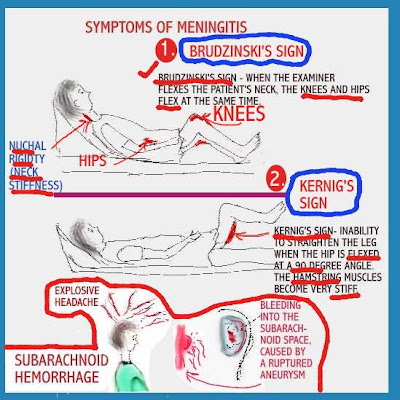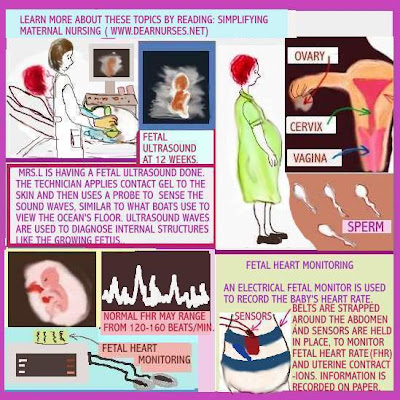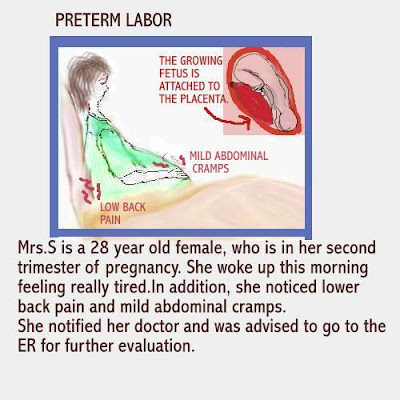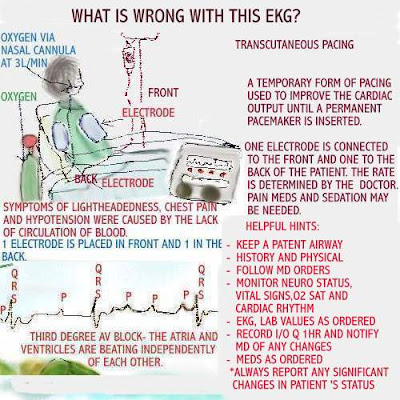VASOSPASM AFTER SUBARACHNOID HEMORRHAGE
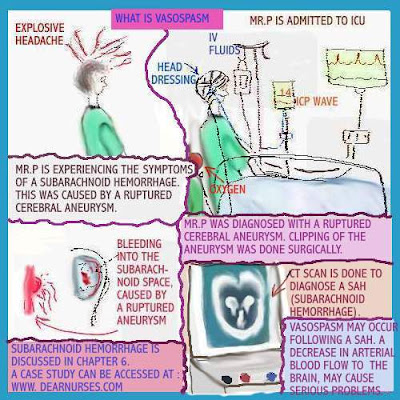
Subarachnoid Hemorrhage The image above shows a patient displaying the symptoms of Subarachnoid hemorrhage. A CAT scan was done to confirm the diagnosis. Surgical intervention was done, for clipping of the aneurysm. He will be cared for in the ICU. VASOSPASM This condition may occur following a Subarachnoid hemorrhage. TCD ( Transcranial Doppler) ultrasound is ordered by the doctor, following a Subarachnoid hemorrhage. This is a noninvasive study to evaluate blood flow in the brain.
